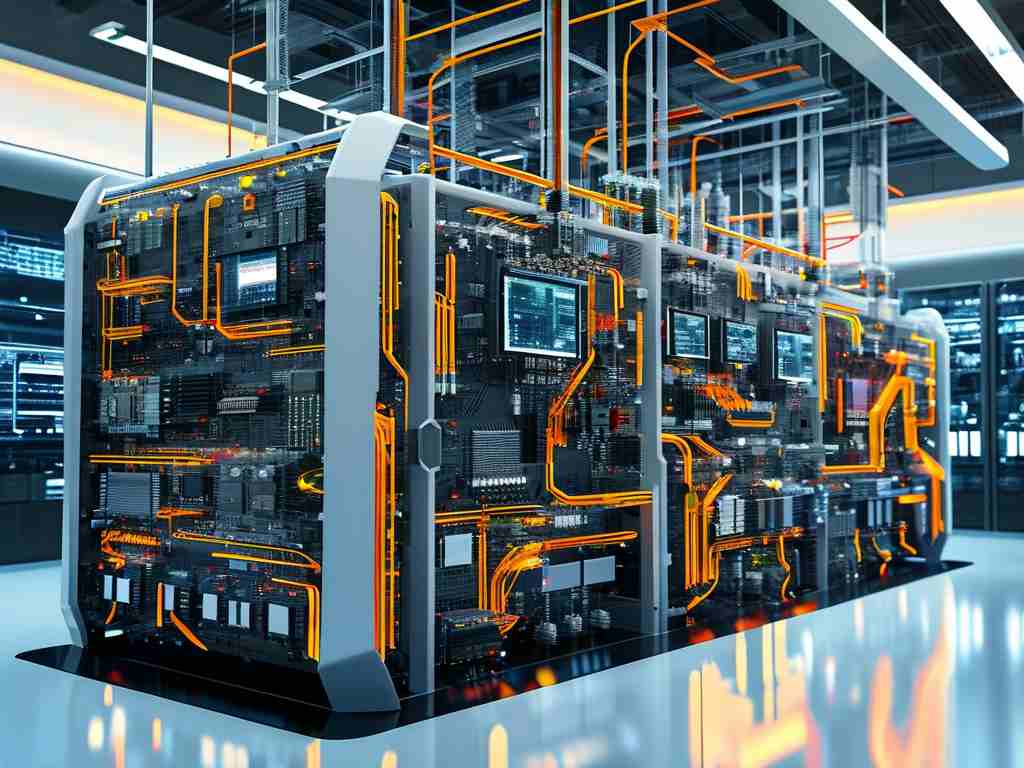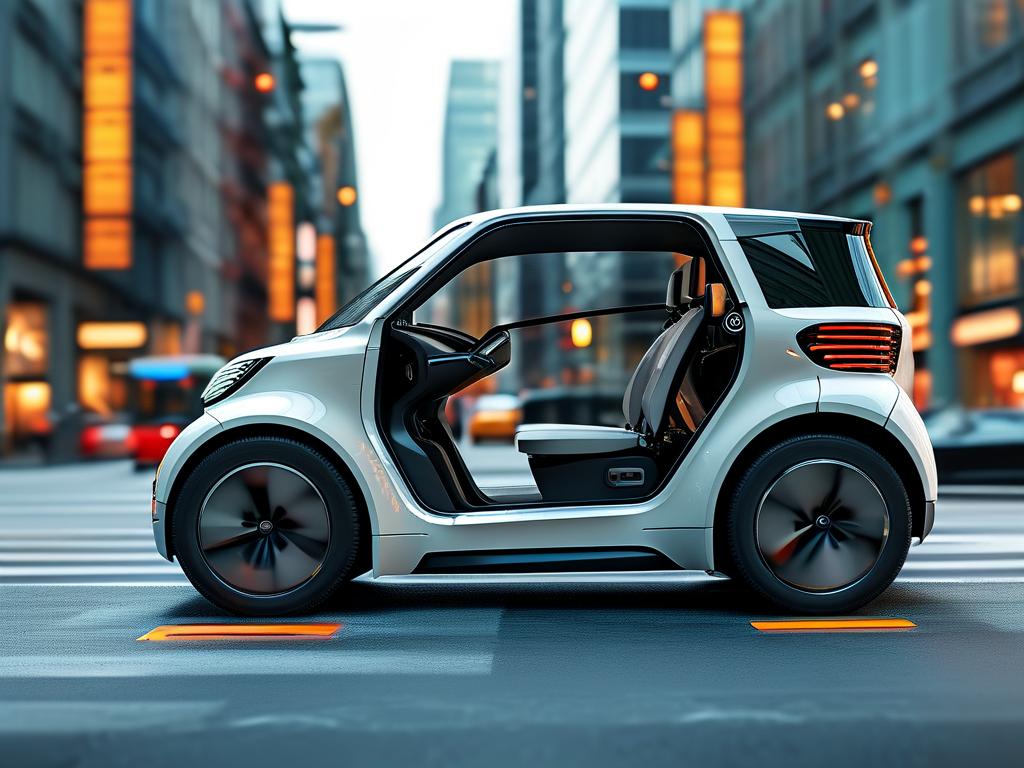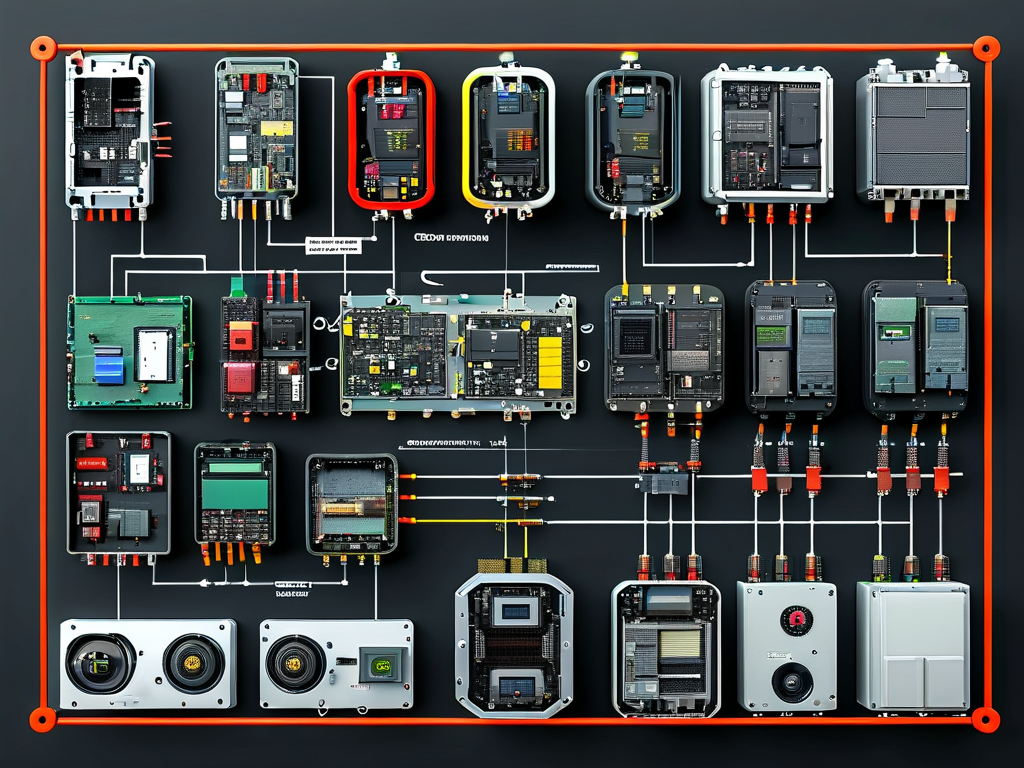The automotive industry has witnessed a revolutionary shift in vehicle design with the emergence of distributed electronic control architectures. This approach fundamentally redefines how electrical and electronic systems are organized, moving away from traditional centralized control models toward a decentralized network of interconnected components.

At its core, a distributed electronic control architecture consists of multiple Electronic Control Units (ECUs) strategically positioned throughout the vehicle. These intelligent nodes operate semi-independently while maintaining coordinated communication through standardized protocols like CAN (Controller Area Network) or LIN (Local Interconnect Network). Unlike legacy systems that relied on a single central computer, this distributed model enables specialized processing power where it's needed most.
Modern vehicles implementing this architecture typically contain between 70 to 150 ECUs, each managing specific functions ranging from engine management to advanced driver-assistance systems. For instance, a dedicated ECU might control the anti-lock braking system while another handles infotainment features. This specialization allows for optimized performance as each unit can be tailored to its specific task with appropriate processing capabilities and response times.
The technical advantages of this architecture are manifold. By distributing computational loads, manufacturers reduce reliance on any single component, enhancing overall system reliability. Wiring complexity decreases significantly as ECUs communicate through shared bus systems rather than individual point-to-point connections. This modular design also simplifies vehicle manufacturing and maintenance—a defective module can be replaced without affecting unrelated systems.
From a development perspective, distributed architectures support incremental innovation. Automakers can update specific subsystems (e.g., adding new safety features) without redesigning the entire vehicle's electronics. This flexibility proves crucial in an era where software-defined vehicles are becoming mainstream. The architecture also facilitates over-the-air updates, allowing performance improvements and feature enhancements throughout a vehicle's lifecycle.
However, implementing distributed control systems presents engineering challenges. Synchronizing multiple ECUs requires precise timing management, particularly for safety-critical functions like collision avoidance. Network security becomes paramount as increased connectivity expands potential attack surfaces. Engineers must carefully balance processing distribution to avoid underutilized resources while preventing communication bus overload.
The evolution of automotive Ethernet and 5G-based Vehicle-to-Everything (V5X) communication is pushing distributed architectures to new frontiers. Next-generation implementations incorporate zonal controllers that act as regional hubs, creating hierarchical structures that blend centralized and distributed benefits. These hybrid models enable efficient data routing while maintaining the fault tolerance advantages of decentralization.
As electric and autonomous vehicles advance, distributed architectures are adapting to meet higher demands. Battery management systems in EVs leverage distributed monitoring units that provide real-time cell-level data processing. Autonomous driving systems employ redundant distributed networks to ensure fail-safe operation, with critical functions replicated across multiple ECUs.
The software aspect of these architectures has become equally important as hardware. Middleware solutions like AUTOSAR (Automotive Open System Architecture) standardize communication between heterogeneous ECUs from different suppliers. This software layer abstracts hardware specifics, enabling component interoperability and simplifying multi-vendor system integration.
Looking ahead, the integration of edge computing principles into distributed architectures promises to enhance real-time decision-making capabilities. Localized processing at the ECU level reduces latency for time-sensitive operations while maintaining cloud connectivity for big data analytics and machine learning applications.
Despite its complexity, the distributed electronic control architecture has become indispensable in modern vehicle design. It supports the growing demand for advanced features, from adaptive cruise control to biometric authentication systems, while providing the scalability needed for future mobility innovations. As automotive technology continues its rapid evolution, this architectural paradigm will likely remain foundational, adapting to incorporate emerging technologies like quantum computing and neuromorphic processing.








